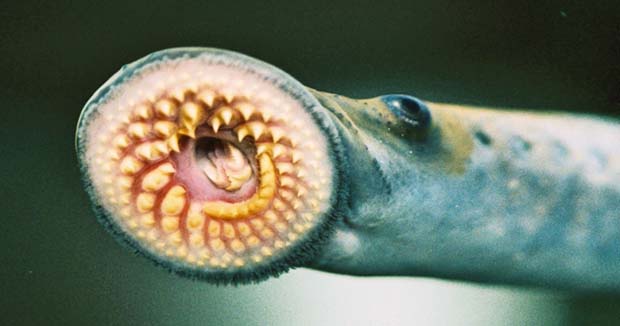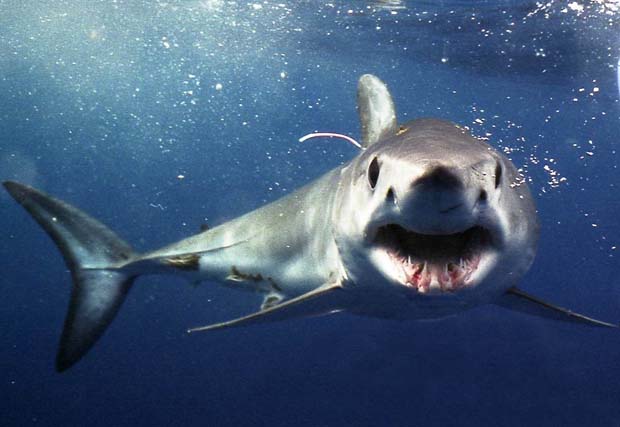While there is only one global ocean, that vast body of water covers 71 percent of the Earth, and scientists only know of 27,300 species of fishes
[dropcap]H[/dropcap]istorically, there are four named oceans: the Atlantic, Pacific, Indian, and Arctic. However, most countries – including the United States – now recognize the Southern (Antarctic) as the fifth ocean. The Pacific, Atlantic, and Indian are known as the three major oceans.
Here are few of the extremes found living in the subject waters that scientists do know about:
1. Electric eels and electric rays have enough electricity to kill a horse.
2. Some fish, such as the great white shark, can raise their body temperature. This helps them hunt for prey in cold water.
3. Most brands of lipstick contain fish scales.
4. Some Chinook salmon have white flesh. Initially, it was postulated that diet was the color cause, but it is now known that it is a genetic cause.
5. Sharks are the only fish that has eyelids.
6. The oldest fishhook ever found dates back to about 42,000 years ago.

The sea lamprey is incorrectly called a hagfish. One hagfish can produce enough sticky slime to fill a milk container in less than a minute. The slime is thought to be a defense mechanism which clogs the gills of any predator.
Once out of danger, the hagfish can tie itself in an overhand knot then move the knot the length of its body to clear itself of the goo. The knot tying trick also aids in its escape. Asbury Park Press photo credit / 2014.
7. The fastest fish is the sailfish. It can swim as fast as a car travels on the highway.
8. Hammerhead sharks can live in schools of more than 500 sharks. The strongest female swims in the middle. When she is ready to mate, she shakes her head from side to side to signal the other female sharks to move away so she is the center of attention.
9. Juvenile salmon use an inherited magnetic map to aid in their migration to high-seas feeding grounds. A similar magnetic map guide the return of adult salmon.
10. There are approximately 27,300 species of fishes described by science. Many species have yet to be described and still others are likely entirely unknown. Estimates of the actual diversity of fishes vary, although many agree that in total there are probably about 31,500 different kinds of living fishes. There are more kinds of fishes than all the other groups of vertebrates combined.
11. An anadromous (“a-na-drom-ous”) fish is born in freshwater, moving from freshwater to salt water, and then returning to freshwater to spawn (reproduce). An example is the salmon.
12. A catadromous (“ca-ta-drom-ous”) fish is just the opposite. These fish are born in saltwater, spend most of their lives in freshwater, and return to the saltwater to spawn. The American eel is an example of a catadromous fish.
Featured Image is a tagged shortfin mako shark. Photo Credit Walter Heim / NOAA.
[information]
SOURCES: International Game Fish Association, University of Florida Museum of Natural History, University of North Carolina Wilmington, University of Miami Rosenstiel School of Marine and Atmospheric Science, Florida Atlantic University Marine Biology, Bonefish & Tarpon Trust
[/information]







